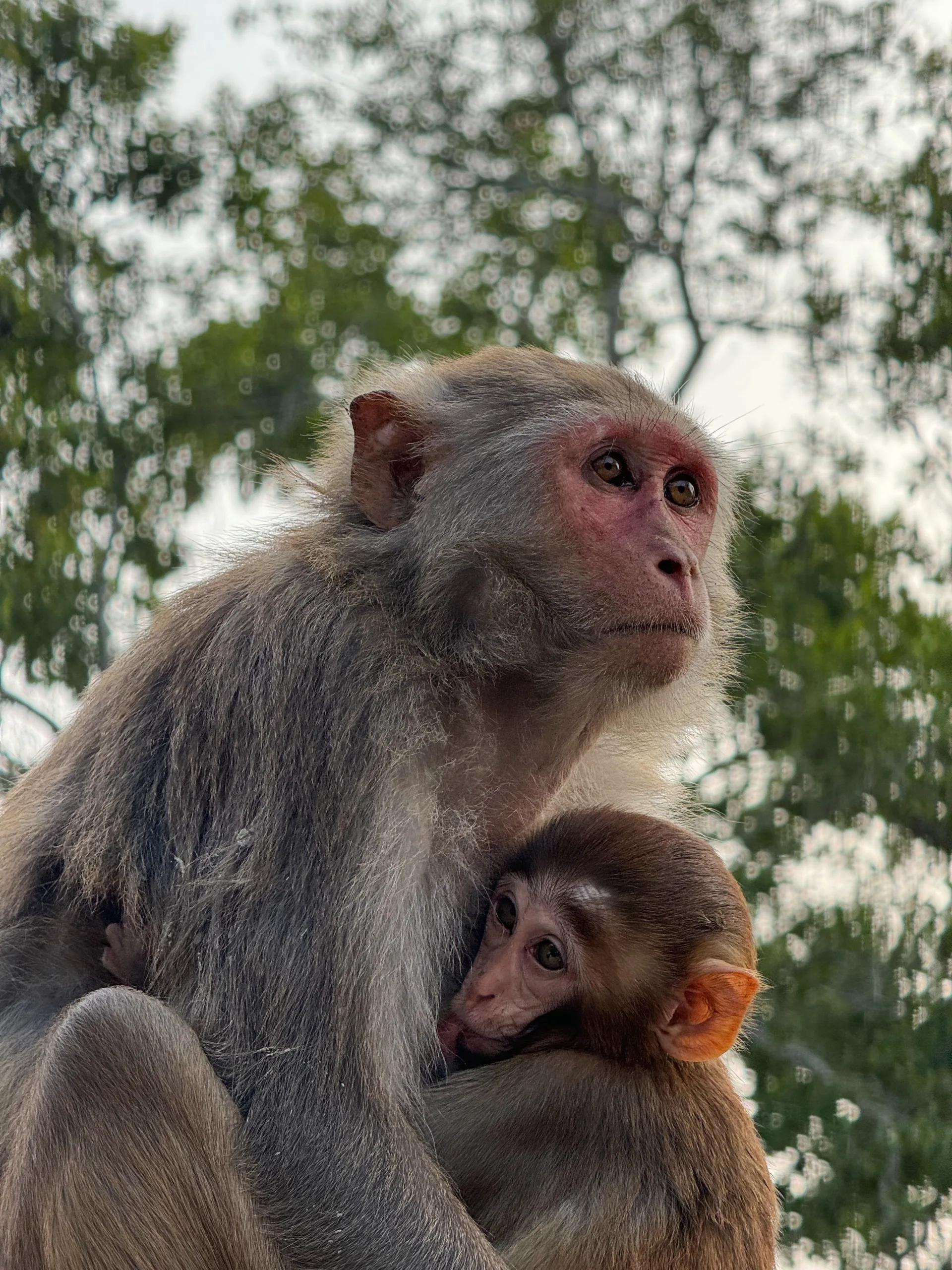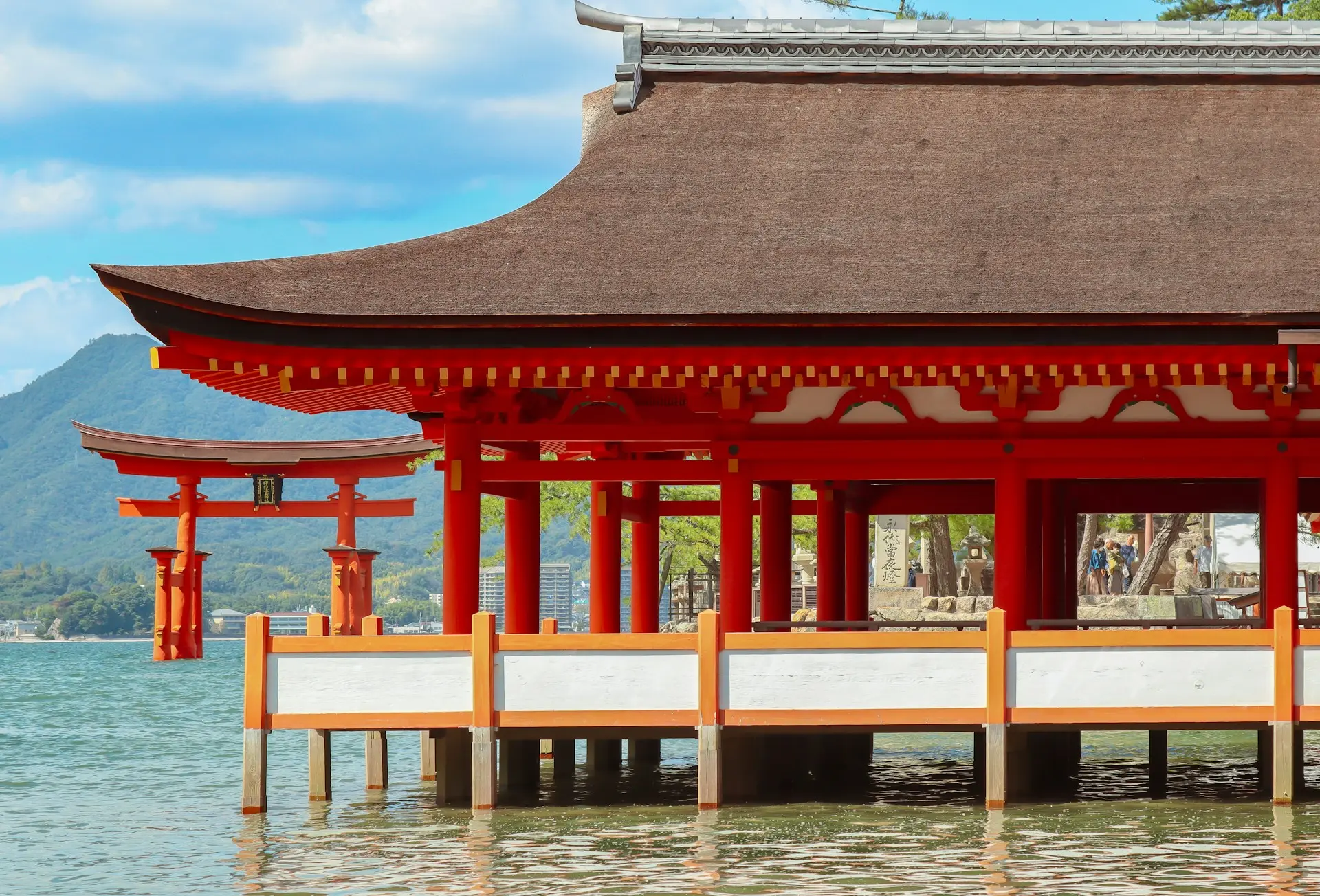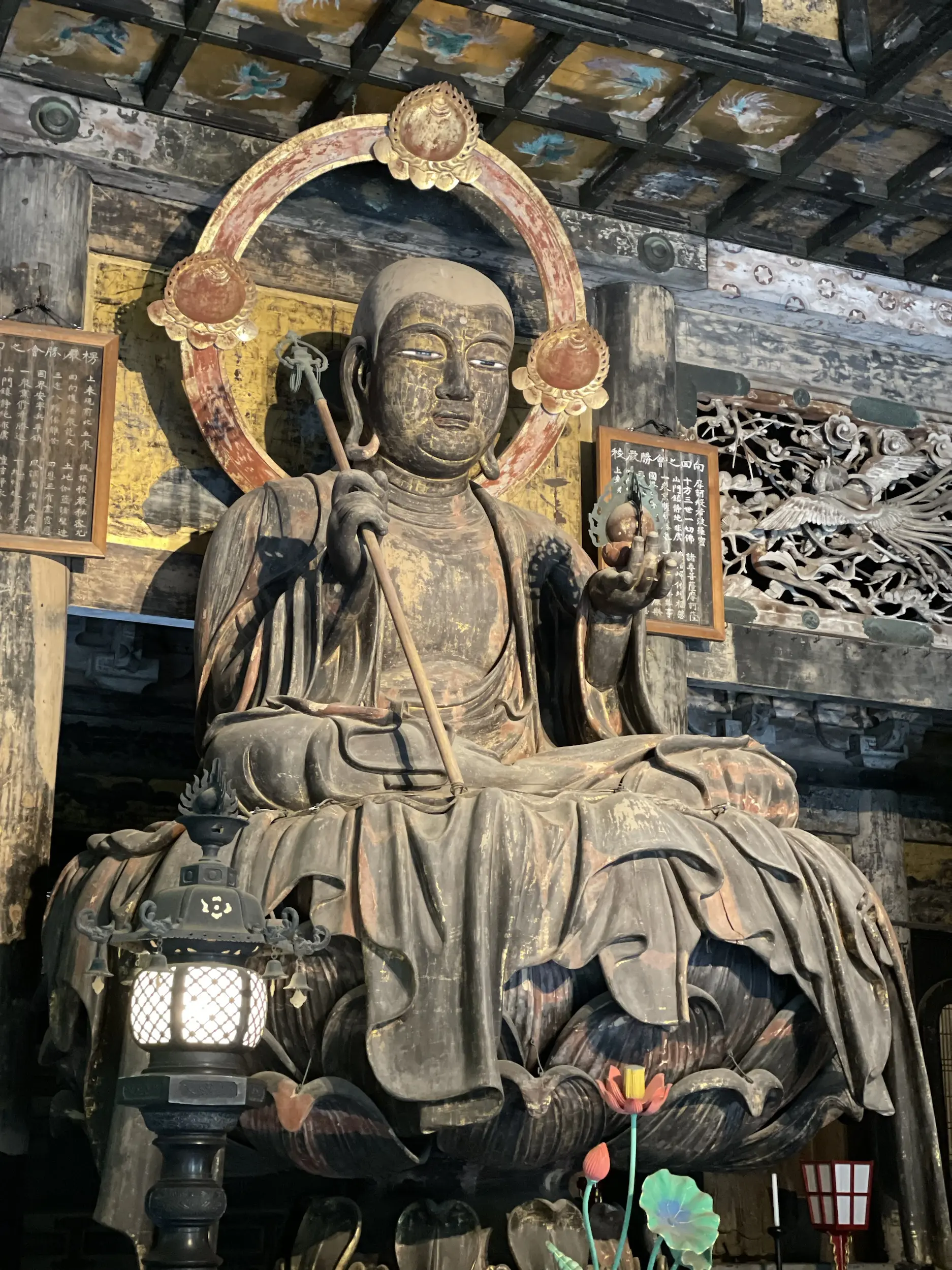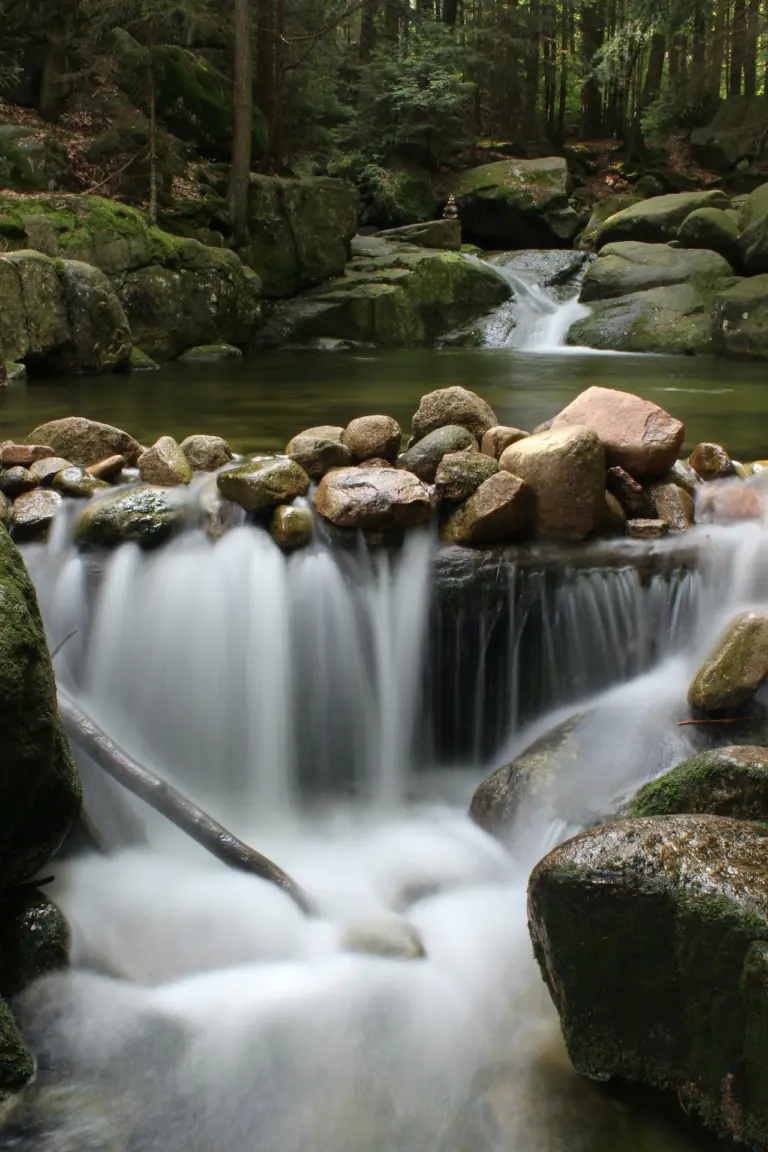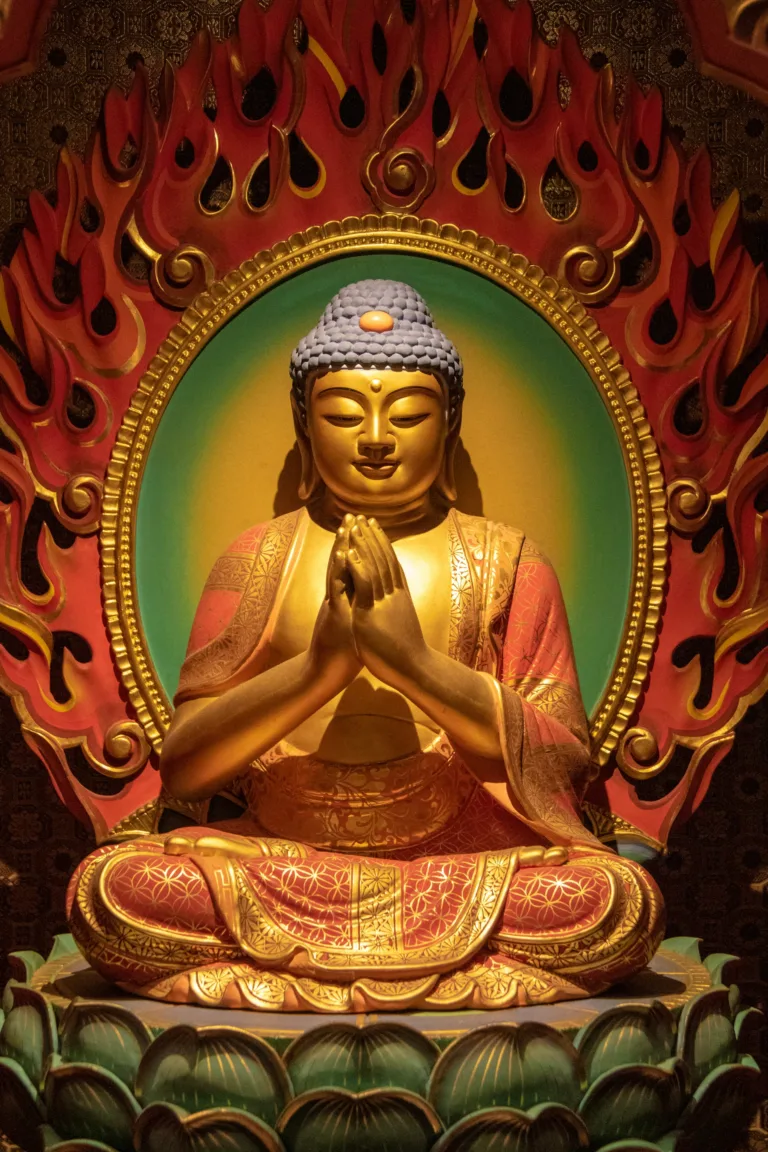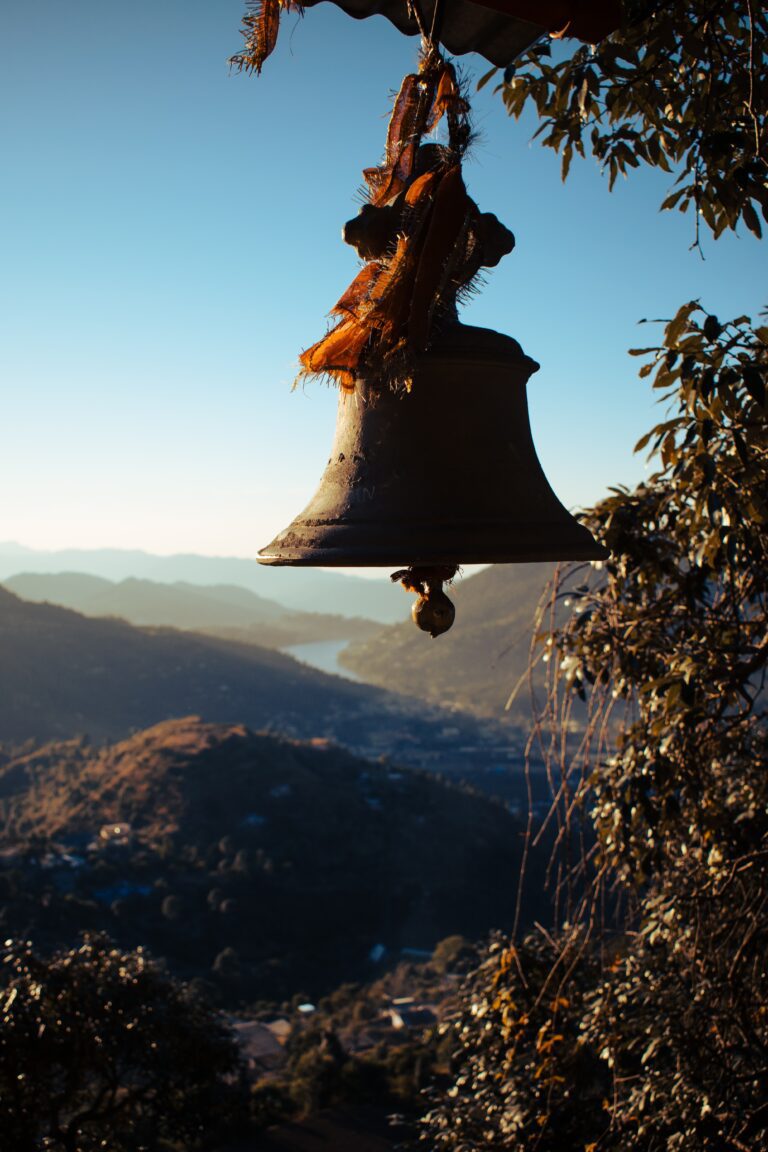Stepping into Ashikaga Flower Park is like wandering into a dream.
Only an hour away from the neon lights and skyscrapers of Tokyo, this garden offers a retreat into a world draped in wisteria.
In Japan, every bloom tells a story, and the wisteria, known locally as “fuji” (not to be confused with Mt. Fuji), holds a special place.
With their cascading clusters, these flowers have mesmerized poets and dreamers for centuries.
And at Ashikaga, this dream is alive, waiting for you to be a part of it.
Table of Contents
Toggle
What to Know About Ashikaga Flower Park
In 1968, when the world was riding the waves of change, Ashikaga Flower Park opened its doors.
But while the park might have been a relatively new addition to the landscape, it became the protector of a history much older.
Within its vibrant bounds stands a Wisteria tree that’s seen 150 springs, each bloom acting as proof of its enduring spirit.
A true sentinel of history.
Its sweeping branches have witnessed countless sunrises and sunsets, making it more than just a botanical wonder.
Recognizing its profound significance, the Tochigi Prefecture honored this ancient wisteria by designating it a national monument.
As you stand beneath its cascading flowers, it’s hard not to feel the weight of time and the stories this tree could tell if only it could speak.
Though it’s the wisterias that are the main draw for many, Ashikaga is more than the lavender trees.
In fact, Ashikaga Flower Park is huge! At 94,000 sq m (23 acres), there’s an unbelievable amount of blooms to see, flowers and plants of all shapes and sizes, in a dizzying array of colors.
A feast for the senses, for sure.

The Wisteria of Ashikaga Flower Park
Wisteria is not just a flower; it’s an emotion.
Wisteria comes in a spectrum of colors, each with its unique charm. From the dreamy purples and crisp whites to the sun-kissed yellows, each hue tells a different story.
And then there’s the Yae-fuji, an intriguing variety that boasts more petals than the usual, presenting an even more luxurious sight.
The wisteria phenomenon reaches its zenith with the iconic Wisteria Tunnel.
Envision a pathway where time slows down, and you’re wrapped in a fragrant embrace of white wisteria blossoms on one side and the wisteria-like golden drapes of yellow Kibana on the other.
It’s like walking through a watercolor painting, where every step is accompanied by a soft rustle and the delicate perfume of blooming flowers.
Going deeper into the park, we were barraged with an array of colors as the whole park was filled with all kinds of flowers and plants, it smelled wonderful.
Cherry blossom petals were flowing in the air and the ground was laden in pink.
There was a stream that flowed around the park with petals cruising on top of it, it was really Zen.
In the center of the park were giant wisteria trees, from its long branches dripped purple flowers all the way to the ground and the soil beneath was covered in violet petals.
What makes wisteria even more captivating is its sequential dance of colors. As spring deepens, the trees bloom in a deliberate sequence – starting with the ethereal pale red, followed by the regal purple, the pristine white, and finally, the radiant yellow.
This orchestrated progression ensures that you’ll be treated to a constantly evolving spectacle, a ballet of blossoms that transforms the park with each passing week.

Best Time to Visit Ashikaga Flower Park
When considering a visit to Ashikaga Flower Park, there isn’t a single “best time” but rather, eight captivating chapters that unfold over the year.
If you have been following my other posts such as Totoro’s Forest at Sayama Hills and Yokohama, my friend Huong from Vietnam also accompanied me on this trip. (If you’re interested, you can also read more about our adventures in Hanoi as well!)
We went to Ashikaga Flower Park around late-April and we were really lucky to experience both the cherry blossoms and wisteria in full-bloom at the same time. I’ve never seen a landscape that colorful in my life.
But as mentioned before, it’s not just about the wisterias in Ashikaga, every month, every season brings something grand to the table.
The park masterfully segments its annual schedule into “Eight Floral Seasons,” or as they poetically phrase it, “Eight Chapters.” You can find out more in their website.
Each chapter not only represents a specific time of year but also a unique narrative, painting the landscape with diverse colors and emotions.
With several hundred species of plants and trees bursting into bloom, every season offers a distinct spectacle.
Let’s go through them, shall we?
Chapter 1 | Heralding Spring
Early January – Late February
Amid the frost-covered trails and cool breeze, Ashikaga Flower Park already murmurs promises of the warmth to come.
The peonies, with their grandeur, stand as symbols of valor and prosperity, pushing through the cold.
Contrastingly, the kankobai, with its fiery blossoms, and the cheerful yellow of the wintersweet plant, punctuate the winter landscape, signifying the imminent embrace of spring.
Chapter 2 | Spring Flower Festival
Early March – Mid-April
As the season evolves, the first raindrops nourish the earth, waking up an array of florals. The park becomes a vibrant canvas, with tulips taking the lead, ushering in spring’s bounty.
Accompanying them are the crocus and Thunberg’s meadowsweet, adding depth to the tableau.
And if you’re lucky, you might even catch the cherry blossoms either in this chapter or the next!

Chapter 3 | The Wisteria Story
Mid-April – Mid-May
Every spring, as the first whispers of warmth begin to touch the land, Ashikaga Flower Park becomes a canvas of colors and fragrances. And the star attraction?
The Great Wisteria Festival.
Timed perfectly between mid-April to mid-May, the festival corresponds with the peak bloom period of wisteria.
It’s nature’s grand showcase, and the park becomes a live gallery of cascading blossoms.
During the festival, the park adopts extended hours, opening its gates as early as 7:00 am and only drawing the curtains at 9:00 pm.
What truly sets the Great Wisteria Festival apart is the sheer volume and variety of blooms. Just imagine being surrounded by over 350 wisteria trees, each in full, riotous bloom!

Chapter 4 | Rainbow Garden
Mid-May – Early June
Moving into this chapter, Ashikaga becomes a vibrant masterpiece.
Colors spill and mingle, with rhododendrons, clematis, and roses each playing their part in this living artwork. True to their name, it’s as if a rainbow descended and chose to bloom on the ground!

Chapter 5 | Blue and White Garden
Early June – Early July
Around this time, Ashikaga pays homage to calmness and purity. The park swathes itself in irises and hydrangeas, evoking images of cloud-streaked blue skies.
The season becomes a quiet ballad, inviting everyone in its gentle embrace.
Chapter 6 | Water Nymphs
Early July – Late September
Summertime in Ashikaga is a lyrical tale of water and bloom.
Water lilies, in their tranquil beauty, seem to dance gracefully across the waters.
The entire park hums with the energy of summer (I’m looking at you, cicadas).

Chapter 7 | Purple Garden
Early October – Late November
As autumn begins to paint the world, Ashikaga adorns itself in regal purple.
The rich shades, reminiscent of ancient royal courts, transform the park into a realm of elegance.
Here, every flower, from the Mexican bush sage to the delicate pansies, speaks of tradition and timelessness.
Chapter 8 | Bejeweled Flower Garden
Late October – Late January
As winter inches closer, Ashikaga Flower Park transforms into a dazzling jewel box, hence the aptly named “Bejeweled Flower Garden” chapter.
You’ll be welcomed by an enchanting canvas of late-blooming chrysanthemums in varying shades, shimmering like precious gems under the winter sun.
Complementing the chrysanthemums are pansies, their vibrant faces peeking through the foliage, reflecting the resilience of nature even in colder climes.
Marigolds, with their sun-like radiance, further brighten the park.
While the cold wind may nip at your cheeks, the brilliant colors provide a warm solace, wouldn’t you agree?

How to Get to Ashikaga Flower Park
Via Japan Railways (JR) Pass
-
From Tokyo Station:
- Take the JR Utsunomiya Line (Tohoku Main Line) from Tokyo to Oyama.
- At Oyama, switch to the Ryomo Line and alight at Tomita Station. The journey typically takes about 75 minutes.
- If you have the JR Pass or a JR East Pass, this journey is covered, making it a cost-effective option for those already utilizing these passes for their travels.
-
From Other Major Cities:
Via Tobu Railway
- From Asakusa Station, Tokyo:
- Take the Tobu Skytree Line Limited Express train to Tobu Isesaki Line, and get off at Ashikagashi Station. This journey takes about 60 minutes.
- Note that while the Tobu Railway isn’t covered by the JR Pass, they offer their own Tobu Railways Discount Pass which might be worth looking into if you’re planning to use Tobu services frequently.
From the Station to the Park
From Tomita Station (JR): After exiting the station, turn right and follow the signs. The park is about a 15-minute walk from Tomita Station. During peak seasons, like the wisteria blooming period, there’ll be special shuttle services available.
From Ashikagashi Station (Tobu): The park is a bit further from Ashikagashi Station, roughly a 30-minute walk. However, there’s a tourist loop bus available from the station that’ll take you directly to the park.

Ashikaga Flower Park Details
Opening Hours
Ashikaga Flower Park operates year-round, but hours can vary based on the season and special events.
-
Winter (December to February): 10:00 AM – 6:00 PM
- Note: Extended evening hours for Flower Fantasy winter illumination, typically until 9:00 PM.
-
Spring (March to May): 7:00 AM – 9:00 PM
- The park opens earlier during spring to accommodate the influx of visitors for the wisteria bloom.
-
Summer (June to August): 9:00 AM – 7:00 PM
-
Autumn (September to November): 9:00 AM – 6:00 PM
Entrance Fees
The entrance fee at Ashikaga Flower Park fluctuates based on the blooming season and the time of day.
Regular Season (Winter and Summer):
- Daytime: ¥500 – ¥900
- Evening (during special events like illuminations): ¥600 – ¥1,400
Wisteria Season (Spring):
- Daytime: ¥900 – ¥1,800
- Evening: ¥600 – ¥2,100
Autumn Bloom:
- Daytime: ¥500 – ¥1,400
- Evening: ¥600 – ¥1,800

